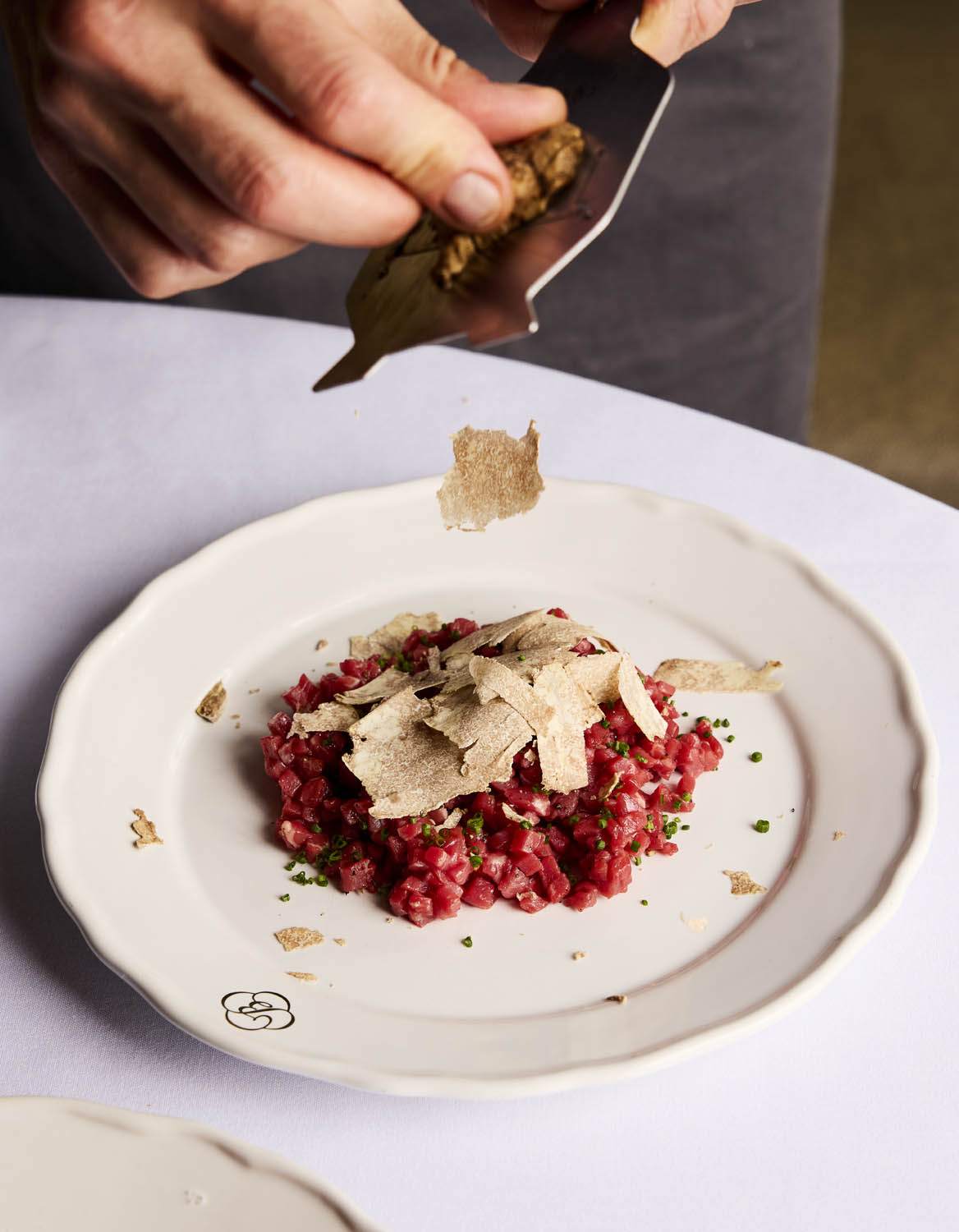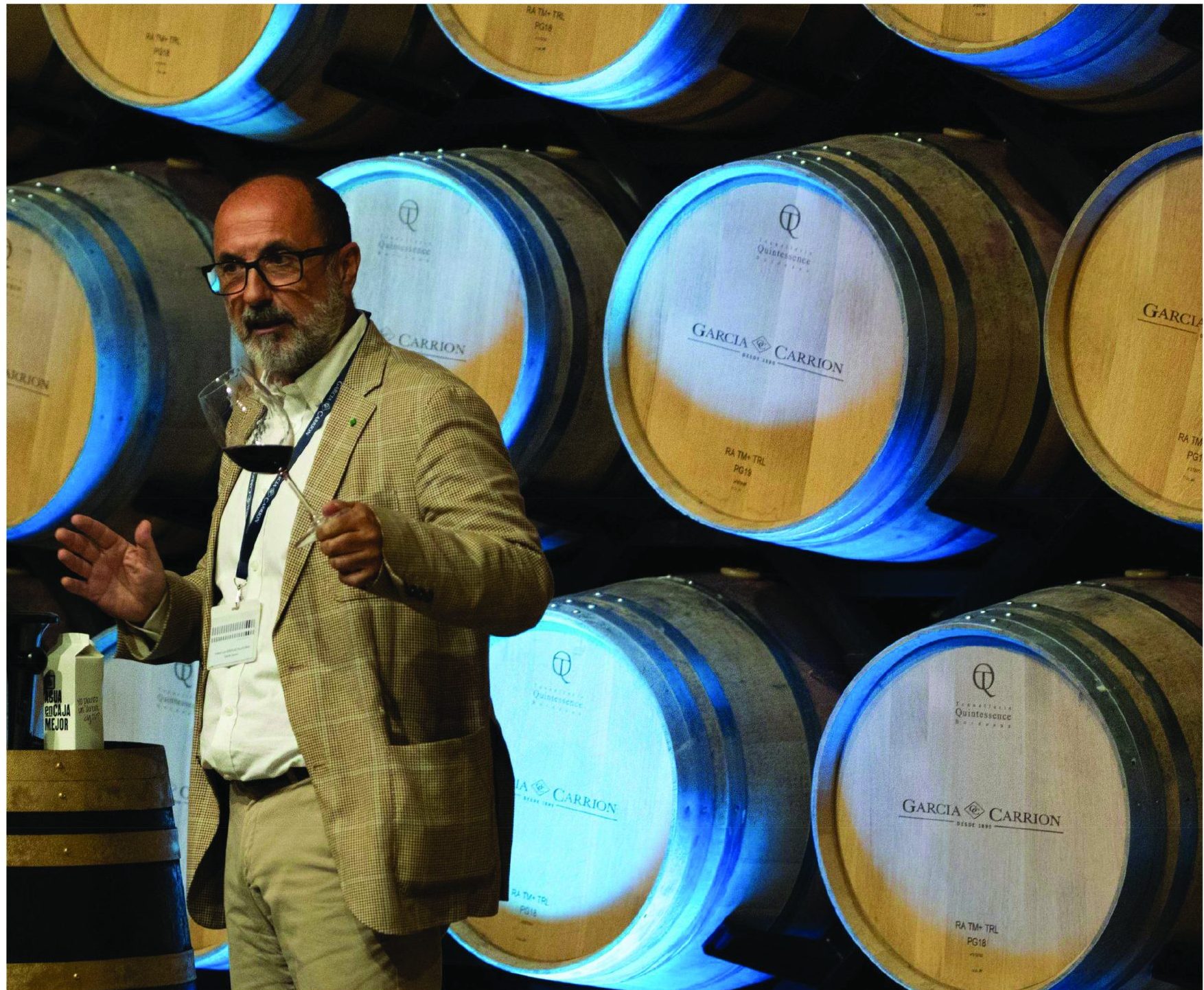Top 10 fine wine trends of 2015
As we move into a new year for collectible drinks, we look back at the top 10 fine wine trends of the past 12 months.
Although it may not make for the usual sensationalist start to an online story, the fine wine market has in fact normalised over the course of 2015 – or, looked at another way, it seems to have come full circle.
As our annual update of the world’s most powerful fine wine brands shows (which you can read in full in the December issue of the drinks business), 2015’s demand trends are pretty similar to those just over 10 years ago, before China discovered claret, and sent prices soaring for certain châteaux.
So, if one compares the current situation with late 2004, Bordeaux was 76% of the fine wine market according to Liv-ex – it is 74% today – with the remaining split between Burgundy, Champagne, Italy, the Rhône and the ‘rest of the world’, all in much the same proportions as you’ll see in 2015.
But this does mean that there has been a huge change in brand power over the past five years. In late 2010, when the fine wine market reached its peak, driven by speculation on the most sought-after brands for China, Bordeaux accounted for 96% of all secondary trading activity by value through Liv-ex. Not only that, but 61% of the total trade was focused on just five brands: first growths Lafite, Latour, Margaux, Mouton-Rothschild and Haut-Brion.
More remarkable was that Lafite alone was 35% of the business – a phenomenon that attracted much comment. Was Lafite’s dominance due to the look of the label, the high Robert Parker scores, the appeal of the brand name in Mandarin, or, at that time specifically, the decision by the château to add a Chinese symbol to its latest bottle release – the 2008 vintage? No one was quite sure, but cases of the wine were trading on average for over £10,000.
Fast forward to today, as December’s db shows, Lafite sells for half that sum and accounts for 10% of trade on Liv-ex. The first growths as a whole are a third of business, and, as noted above, Bordeaux makes up pretty much the same proportion as it did in 2004.
Essentially, the nature of the fine wine market today is a testament to the collapse of Chinese demand for the best cru classé claret, but it’s also a sign that things are back to normal: collectors’ tastes are almost identical to those of 11 years ago; it’s as though the bubble never happened.
But, for those sitting on unsold stocks of first growth claret, unfortunately it did.
To read the a full report on the fine wine market see the ‘Liv-ex Power 100’ fine wine power list in December’s edition of the drinks business. Meanwhile, over the following pages we bring you the 10 the biggest fine wine developments of 2015.
10. Bordeaux’s proportion of sales is falling as demand broadens into other regions, particularly Champagne, Italy and Burgundy.
Last year, Bordeaux was 79% of the trade by value on the Liv-ex fine wine exchange, now it’s 74% – its lowest point in the last 11 years.
9. The effect of the China trading market has now disappeared and, consequently, the shape of the market is similar to what it was like just over 10 years ago.
Indeed, Bordeaux’s share of Liv-ex trade is almost identical to the region’s percentage share back in 2004, just one year before Bordeaux demand started to escalate, and go on to reach a peak of 96% of Liv-ex trade by value.
This record proportion was struck in late 2010, and can be attributed to “the Chinese trading market”, says Liv-ex director, Justin Gibbs.
8. The negative impact of Bordeaux’s high en primeur release pricing has affected Bordeaux’s share of trade, along with the collapse of Chinese demand.
“Bordeaux has been releasing indifferent vintages at too high a price – if you see the Liv-ex guide to en primeur, of the last 10 releases, you would have lost money on six of them,” comments Liv-ex director, Justin Gibbs.
At its highest point – the 2009 release in 2010 – en primeur Bordeaux represented almost 15% of Liv-ex trade, but today it’s less than 1%.
7. Despite a falling share for Bordeaux, merchants are selling plenty of well-priced ready-to-drink claret, often at lower prices than younger vintages.
Corney & Barrow sales director Oliver Hartley explains: “What we seem to be selling now is maturing vintages – we are certainly seeing greater interest in wine that is ready for drinking. People have stacks of young wine in their cellars… and if, for example, they can buy Pichon-Baron 2001 for considerably less than the 2010, they are thinking ‘Why wouldn’t I?’ There is a demand for older vintages… so we try and get as much as we can of those.”
6. Overall, the Liv-ex 100* is up 1.3% year-to-date, which suggests that the Bordeaux misery is coming to an end, helped by a dramatic drop in claret prices.
Key to this turnaround will be next year’s en primeur release – Bordeaux 2015.
Partner Content
Justin Gibbs says, “2015 is a great opportunity for Bordeaux to put itself at the front of the fine wine market again; at the right price it will work, and it might well be what the market needs to go from flat-lining to sustained upward movement.”
*The Liv-ex 100 represents the price movement of 100 of the most sought-after fine wines for which there is a strong secondary market.
5. There is still a lack of confidence in the market; people are buying only what they need, hence the average value per trade on Liv-ex has continued to fall.
In 2014, Liv-ex recorded a 20% drop in the average price per unit traded from its peak in 2010/2011. Last year the decline continued, with a fall of 9.6%. But while merchants are spending less, they are trading more wine – the total number of transactions in 2014 rose almost 14%.
4. People are spending less, and spending more outside Bordeaux.
The Liv-ex ‘Rest of World Index’, which includes the best of Spain, the US and Australia, along with Taylor’s Port, has enjoyed a 30% rise in the last five years, while the Liv-ex Fine Wine 50 Index, which tracks the daily price movement of the Bordeaux first growths, has fallen 25% over the same period.
As a result, Gibbs states, “Bordeaux needs to understand that if it doesn’t release at a price that makes sense, people can go elsewhere for perfectly good wine… Bordeaux is not competing against itself, but the rest of the world.”
3. Buyers are no longer simply chasing the big brands, but looking for value.
For example, the Italy 100 (the five ‘Super Tuscans’ and five other leading Italian producers) has increased by 20% since 2010 – “and in a market that is, in theory at least, weak”, explains Justin Gibbs.
Continuing, he says that such growth proves that buyers are looking for value. “2010 Barolos were some of the best ever produced and they are relatively good value compared to Bordeaux, and super-good value relative to California or Burgundy; and in Italy, the volumes are good: with Super Tuscans such as Sassicaia or Tignanello, everyone can play.”
2. Burgundy’s star brand, DRC, is seeing secondary market prices stall, while customers are becoming much more picky about what they buy from this famous domaine.
Corney & Barrow sales director Oliver Hartley records, “DRC’s primary market is very healthy and the domaine keeps the release price at a point where there is a reason to buy it – it’s sold at a discount relative to secondary market prices.”
“But,” he continues, “the secondary market has not seen much increase in the past year – and our customers have become considerably more picky about what they buy: we are finding it increasingly difficult to sell wines that don’t have provenance.”
1. The fine wine market’s eye is turning towards Pessac-Leognan, where the leading châteaux offer some of Bordeaux’s most critically-acclaimed and best-value brands: Haut-Brion, Mission Haut Brion and Haut-Bailly.
By way of example, first growths Lafite and Latour are down, but Haut-Brion is enjoying price rises on the secondary market, which, believes Justin Gibbs, is because it offers the best value among the first growths: it has the highest scores and yet it’s the cheapest.
Of the four great vintages of the 2000s: 2000, 2005, 2009 and 2010, Haut-Brion’s average score from Robert Parker is 99.75 – better than any other first growth. Meanwhile, its average price per case traded on the Liv-ex exchange in the past 12 months is £2,608, almost £1,000 lower than Lafite.
Mission Haut Brion – Haut-Brion’s neighbour in Pessac-Léognan – is a further brand to watch.
Buoyed by consistently high scores, and its association with its neighbouring estate, people are increasingly trading the brand Mission Haut-Brion – “a wine that dances with the firsts,” according to Justin Gibbs.
Meanwhile, Pessac’s Château Haut-Bailly is a rising star, and was the 15th best performing brand in the Liv-ex Power 100 for 2015, up 6.8%.
“The merchants love Haut-Bailly; it is making better and better wine,” concludes Gibbs.




